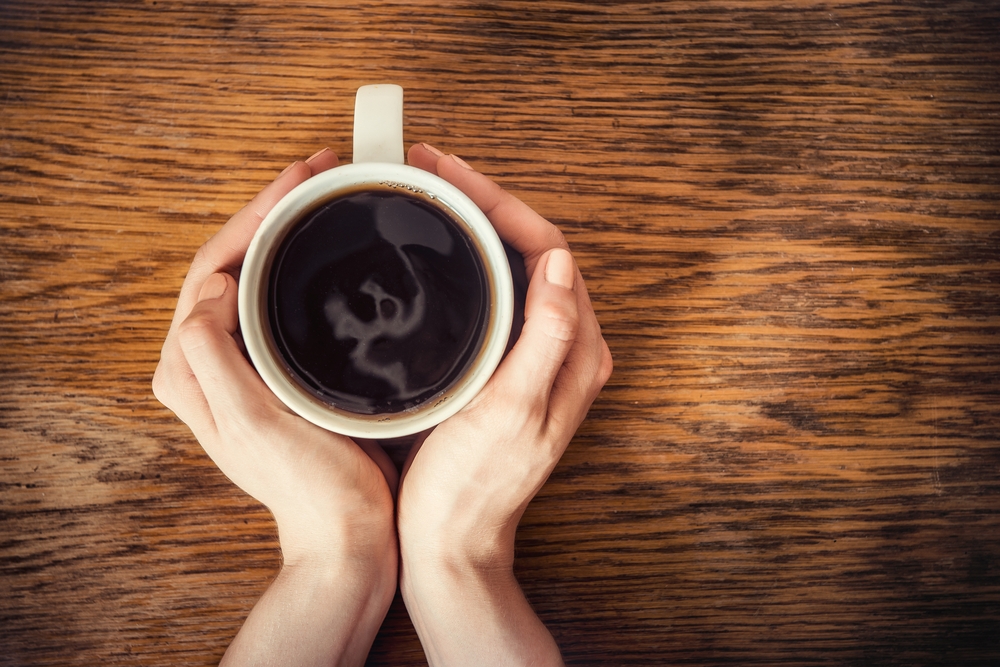Over 2 billion cups of coffee are drunk everyday worldwide and whilst this is a phenomenal amount, a large portion of us are still responsible for making common mistakes that hinder your daily intake. In light of this, I’ve pulled together the top 5 most common mistakes to keep you in check and on the righteous path for the ultimate cup of speciality coffee.
Quality over quantity
As with most things this can be linked with your situation, such as convenience, money or even practicality…referring to you caffiend’s trying to stay awake, but for you to enjoy the finest cup of coffee you need to get the the best quality coffee. As a wise man once said, quality over quantity and with this in mind speciality coffee is the preferred weapon of choice every time.
Fresh to death [speciality coffee]
To retain the quality you should be using freshly ground coffee, which is why we’d recommend you stock whole speciality coffee beans as opposed to ground as 40% of the flavours and aromas are lost within 15 mins of grinding the beans. Furthermore, using beans a few days after roasting is also wise as beans continue to develop up to a week after, hence why we label roast dates to gauge the optimum time of use. To avoid beans going stale storage also plays a factor so look out for our gas valve packaging, which reduces oxidation whilst releasing CO2 gasses from beans to minimize the rate of decay.
Brew methods
Brew methods can be a matter of preference but understanding what you like in a speciality coffee and using the brew method to bring out the best of it is important. Pour over methods tend to produce more delicate cups of coffee to distinguish the different flavour notes whilst a method such as cafetiere gives a fuller body cup. Don’t just limit yourself to the equipment either, the brew methods also involve the grind size, brew processes, length of brew and so on so forth, so exploring the different methods is a must.
Waterboy
Sounds like you can do no wrong here but using the optimum water temp from 92 to 95 degrees is the ideal temp to extract and brew specialty coffee dependent on the brew method you use. For those wanting to take it a step further using soft and filtered water can enhance the taste, particularly if your tap water has high concentrates of limestone such as mine and the rest of London.
In the grind
Using a decent grinder can make or break your coffee but again this can be determined by convenience and cost. Blade grinders tend to be more inexpensive but Burr grinders produce a more even grind for a consistent brew, which is the standard grind method within any decent coffee shop. Be sure to have a grinder where you can control the size of grind too as different methods require different sized grounds. For example, using a coarse grind for an Espresso is a massive no no and will end your career as Barista!



